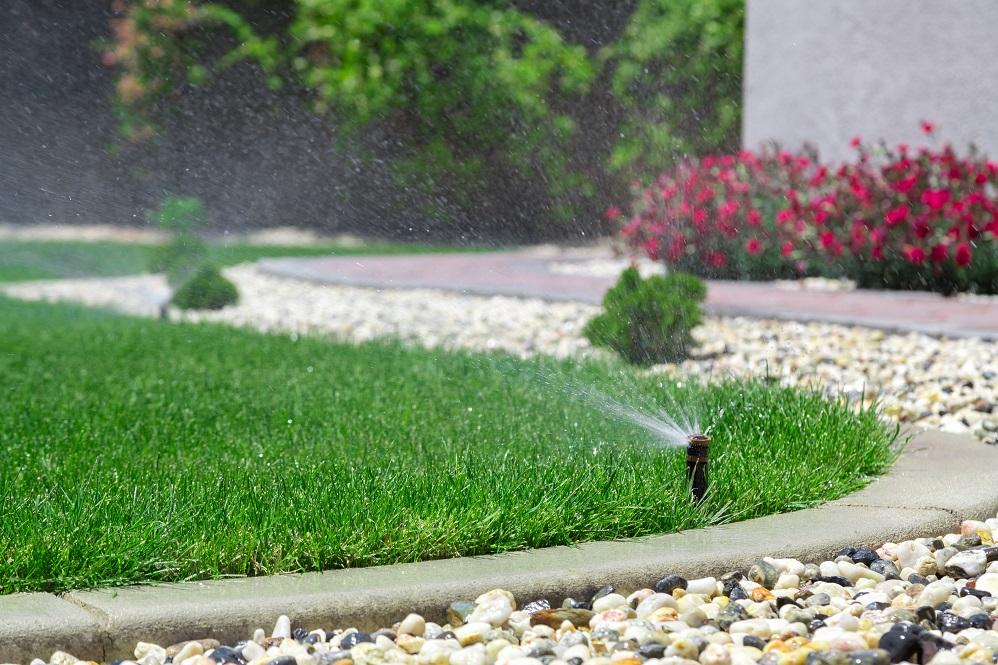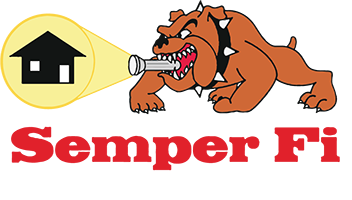Water can be your yard’s best friend and your home’s worst enemy. Many homes have landscape irrigation sprinkler systems to irrigate and water the lawn.
Lawn sprinkler and irrigation systems are complex mechanical systems with lots of potential failure points, including valves, heads, sensors, shut-off switches.

If your lawn sprinkler isn’t operating properly, it can cause water to seep into your home’s structure and cause mold. Inspecting the system, as part of an initial home inspection and annual maintenance inspection, can help stave of problems before they become big issues.
We start with a visual inspection of some of the most obvious issues. Checking these items on a regular basis is something that you can do yourself:
- Broken, clogged, or missing sprinkler heads
- Sunken heads that have dipped below ground
- High vegetation
- Heads that are slanted and not vertical
- High or low water pressure
- Overspray
We then proceed into a more in-depth inspection of each sprinkler zone, including:
- Service and supply piping
- Isolation and drain valve
- Backflow and zone devices
- Control panel, sprinkler heads and sensors
The findings of the inspection with photos of each zone during operation will be included in your home inspection report.
An efficient irrigation system means that you’re keeping your lawn healthy and vibrant, while also not wasting water or potentially having seepage into your home. An inspection of these systems is always recommended as an add-on to your full home inspection.
For commercial property inspections in the Dallas/Fort Worth area, including a thorough and informative home inspection report, learn more at
or request a quote for a commercial inspection at
682-351-2267


